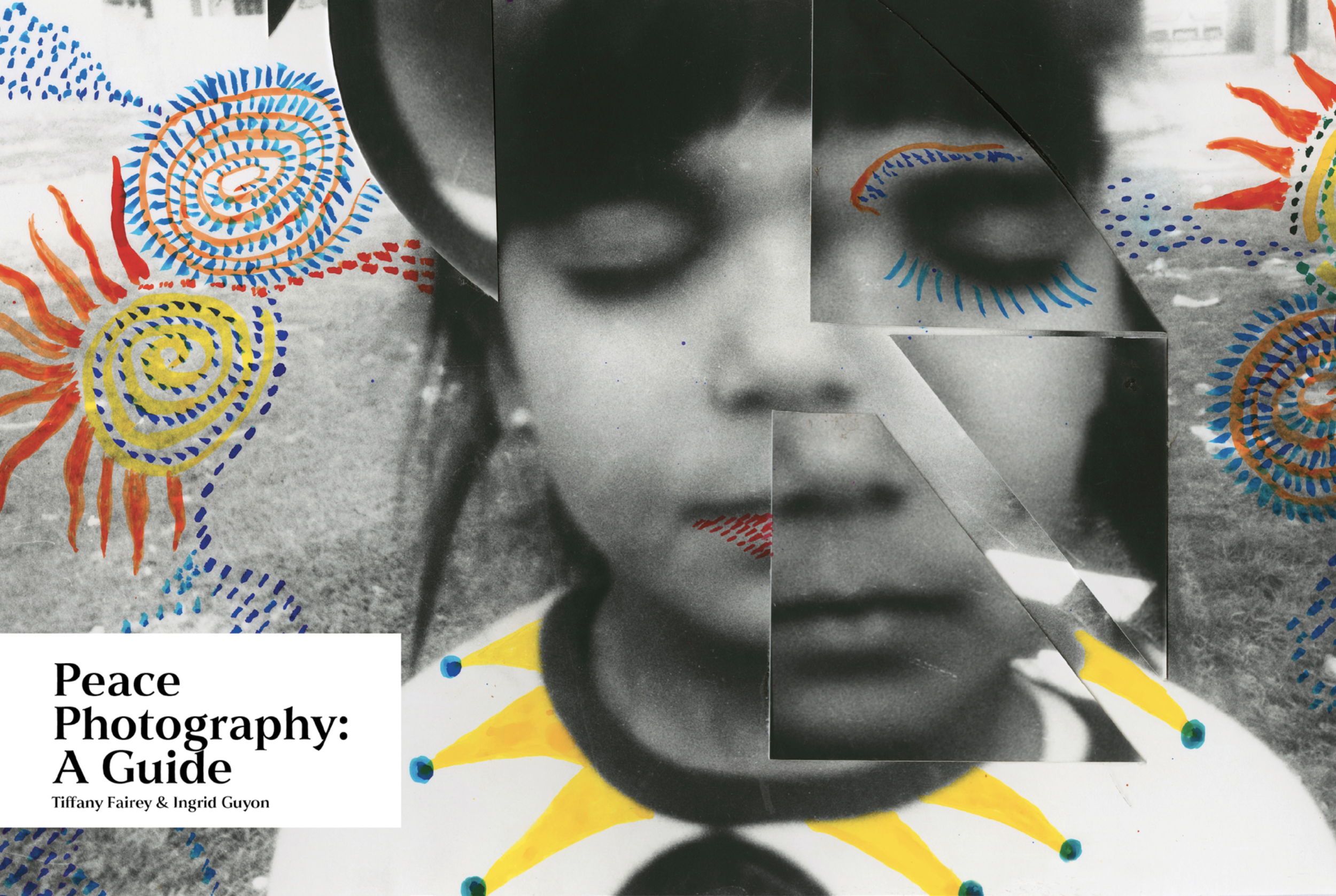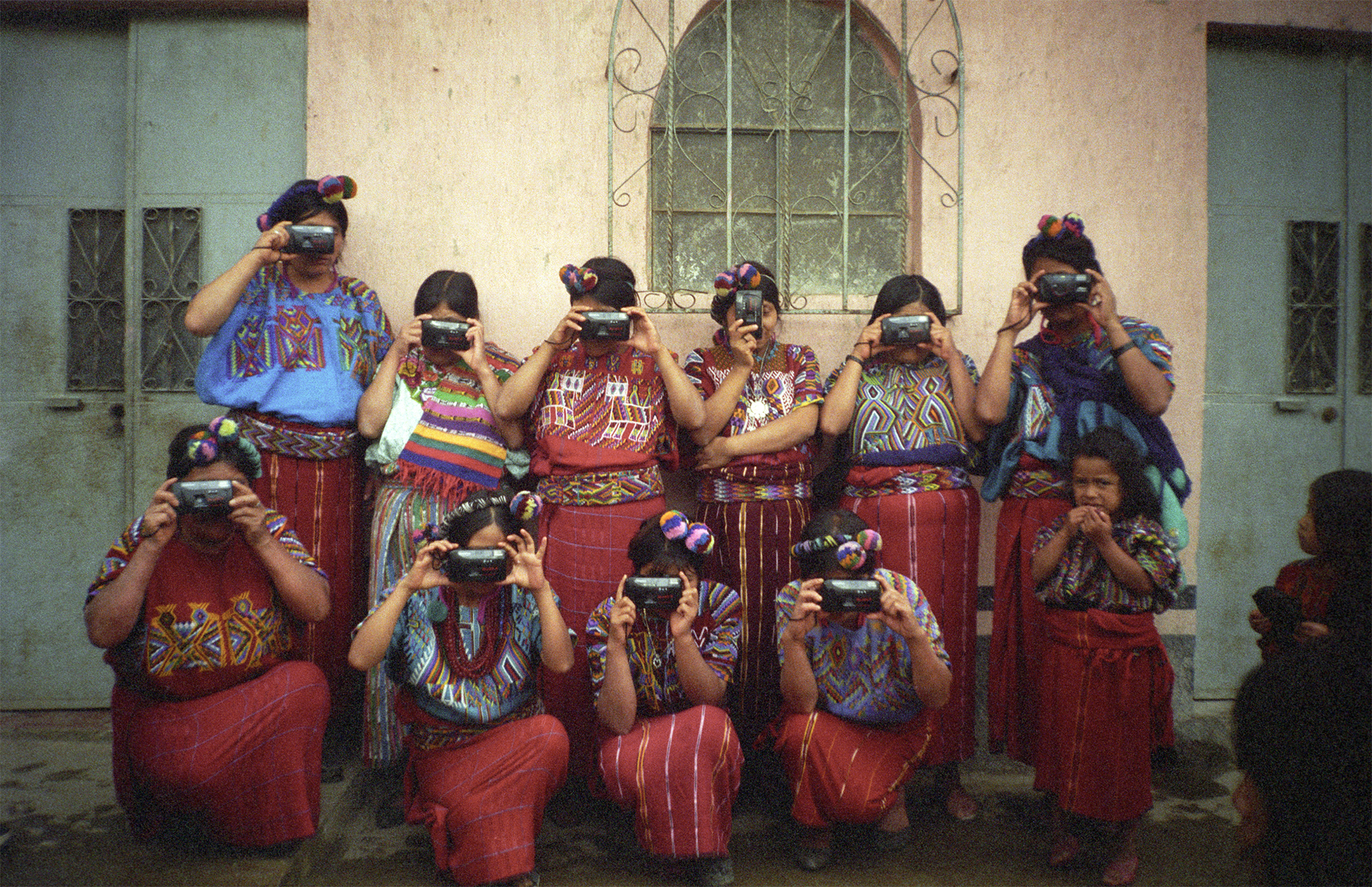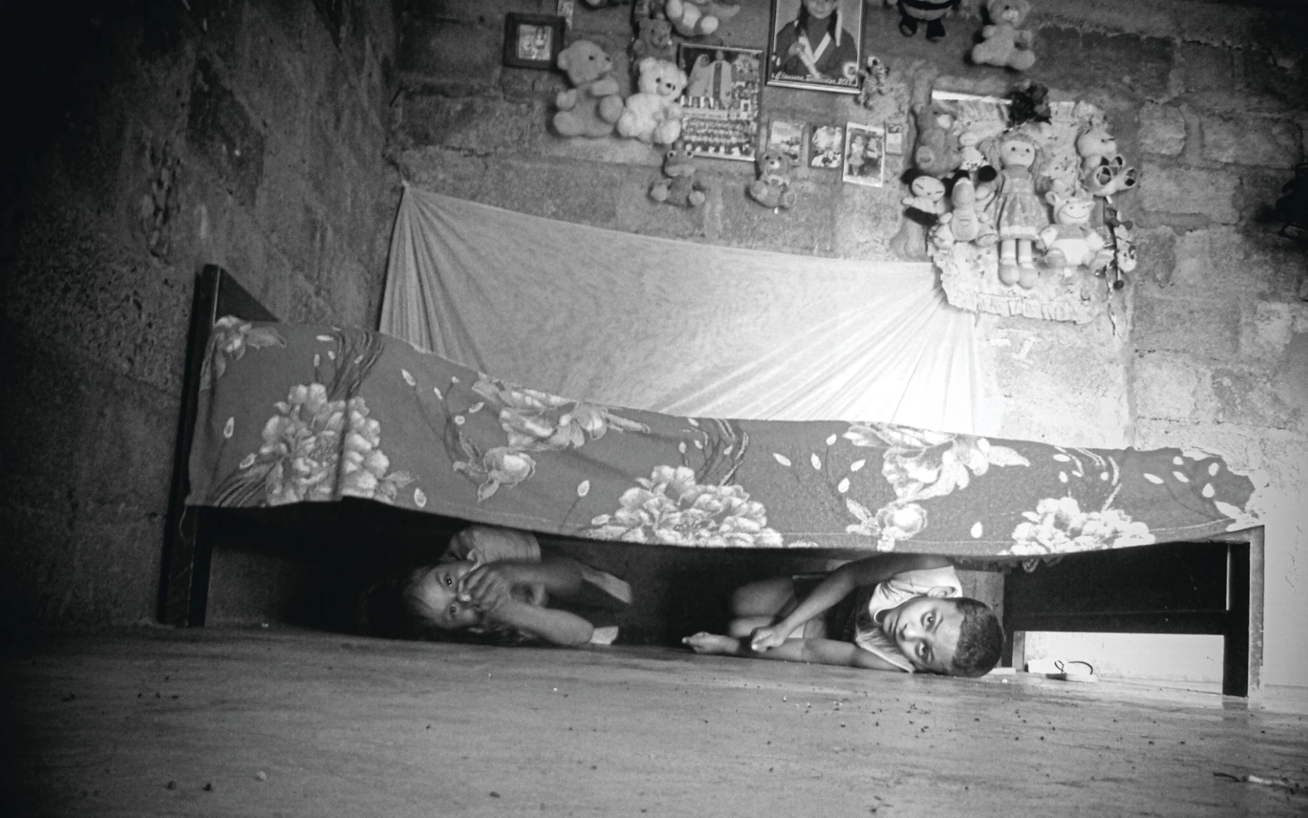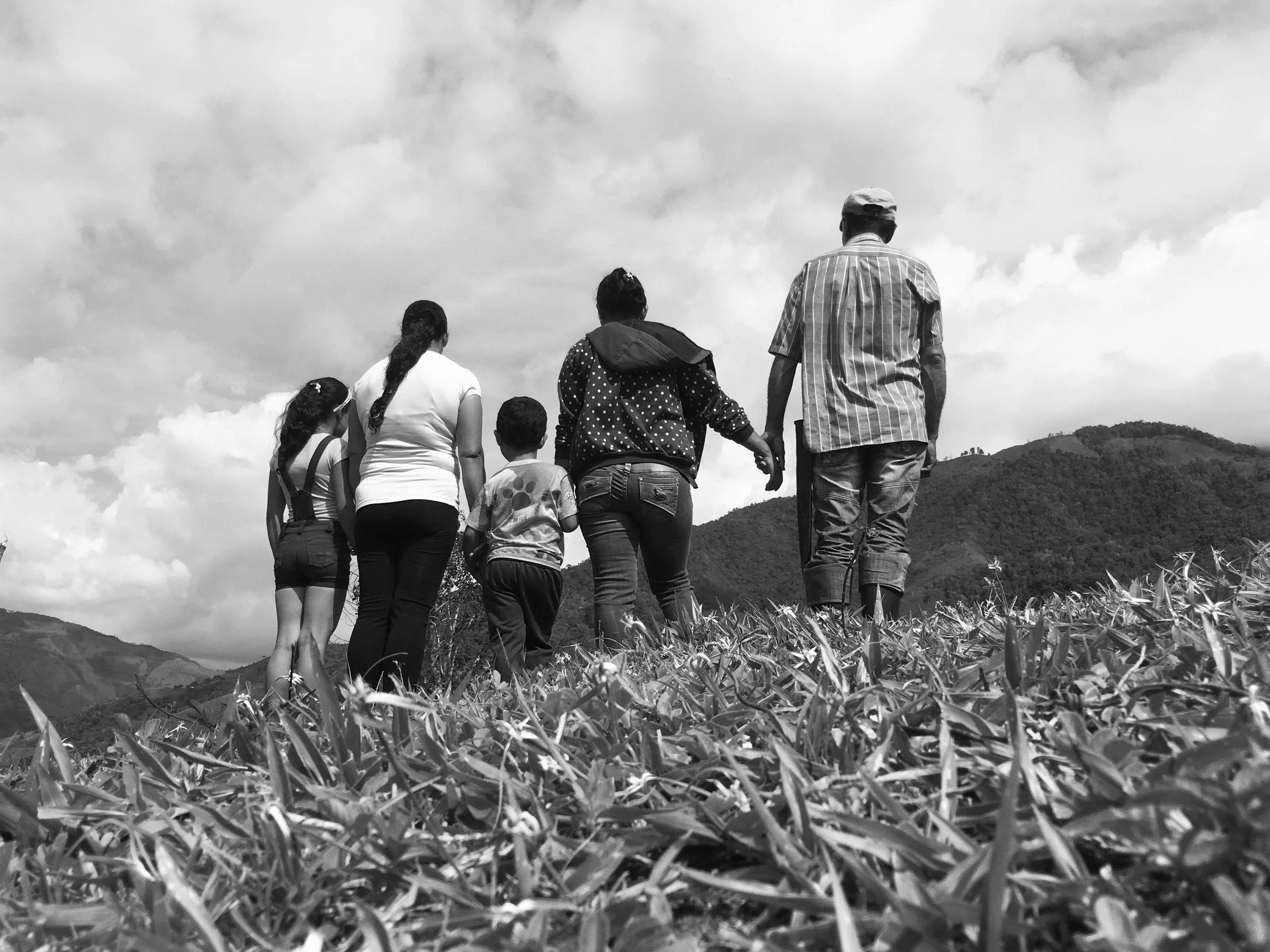SUBSCRIBE:
Peace photography: Healing through the lens
with Tiffany Fairey and Ingrid Guyon
A new guide explores how group photography projects can help process trauma, increase the visibility of conflict-affected communities, and shape aspirational narratives of the future.
EPISODE NOTES
Peace negotiations and reconciliation processes can change the world – but they’re not much to look at. The shortage of compelling images is one of many challenges to making peace more tangible in our very visual world.
But if we expand the concept of peace to include what peace actually means to people who have lived through conflict, then what peace looks like can be expansive. Like a portrait of a family reunited after a war. Or something unexpected, like a photo of a man walking on stilts through a refugee camp, entertaining a host of children.
Our guests this episode are Tiffany Fairey, a Senior Research Fellow based at the Department of War Studies at King’s College London, and Ingrid Guyon, a photographer and participatory visual media practitioner. They’ve both spent over 15 years working around the world helping communities affected by conflict to tell their own stories through photography.
Fairey and Guyon are co-authors of Peace Photography: A Guide, which presents a methodology and approach that celebrates peace efforts and encourages creativity, drawing on projects in 21 countries. Fairey’s upcoming book Imaging Peace: How People Use Photography to Resist Violence, Transform Conflict, and Build Connection will be out this autumn from Edinburgh University Press.
Above Image: Cover of Peace Photography: A Guide (London: King’s College London, 2024) by Tiffany Fairey, Ingrid Guyon.
LEARN MORE
Download a free copy of the guide in English, Spanish or French; browse peace photography projects, explore Fairey’s research, and more at imagingpeace.org.
Follow the Imaging Peace project on Instagram @imaging_peace.
Read Tiffany Fairey’s essay on the Everyday Peace Indicators project in Colombia in The Conversation
Read Ingrid Guyon’s blog post for Beyond Skin on visiting Belfast as a peace photographer
Mayan Ixil researchers, photographers and authors of PhotoVoice
© Juana Utuy Itzep/Voices and images: Mayan Ixil women of Chajul, Guatemala
Peace Indicator: You don’t need to hide under the bed to protect yourself from bullets.
Before, when you heard gunshots, everyone would run to hide under the bed or in some safe place in the house, and now kids hide under the bed or in safe places because they’re playing hide and seek.
© Yuliana Andrea/Everyday Peace Indicators, Colombia
Peace Indicator: Ex-guerrillas build families.
She wanted to be a sister in war and a daughter of whoever, and she went by an alias. Being there, she lived horror, she came to know great pain. She was wounded in combat, and her heart was also wounded, because of course she couldn’t free herself from love. Now she carries real love with her, a pure and sincere love, a love for life. All there is to say is that they’re there, living among us, they rebuilt their families and they’re helping to transform the community.
© Yesica Alejandra Zapata David/Everyday Peace Indicators, Colombia









